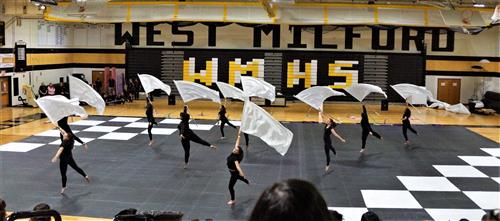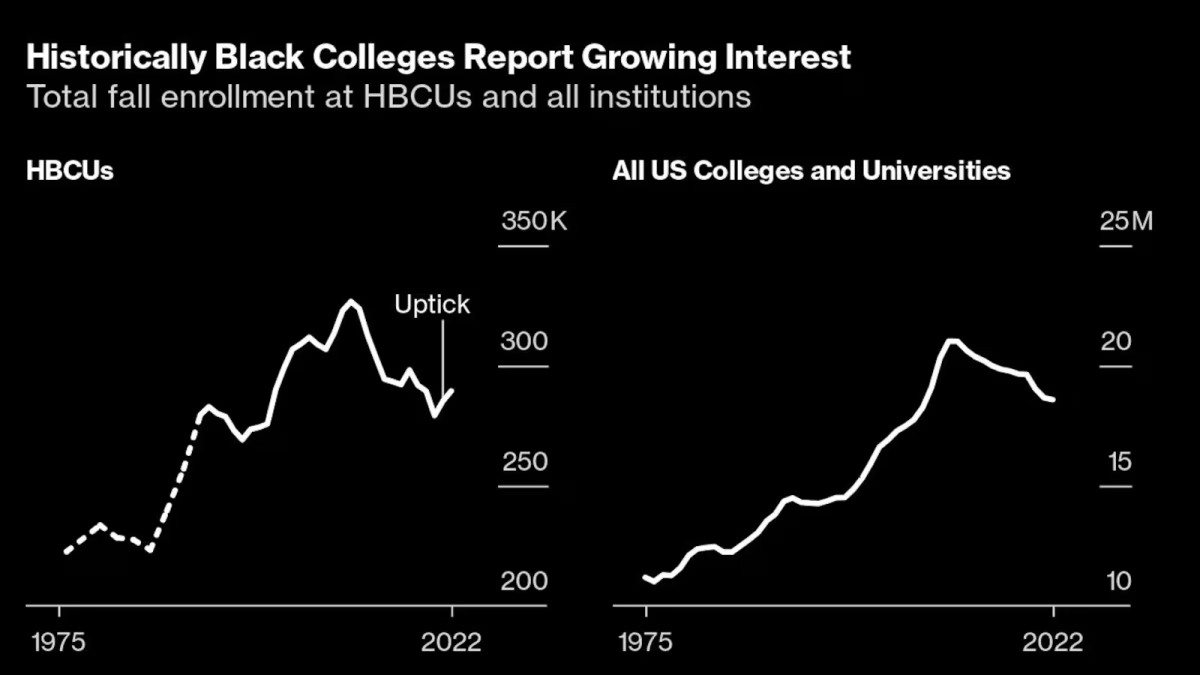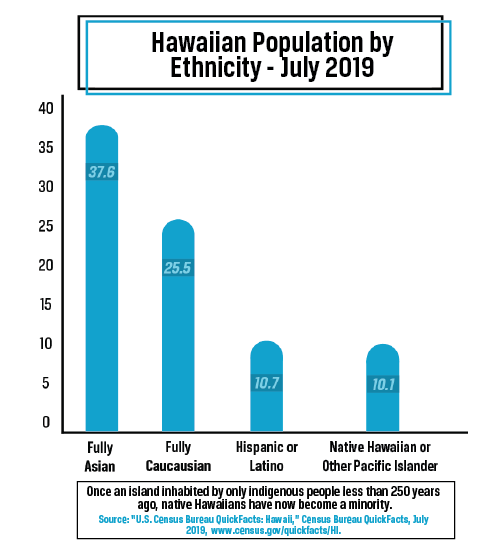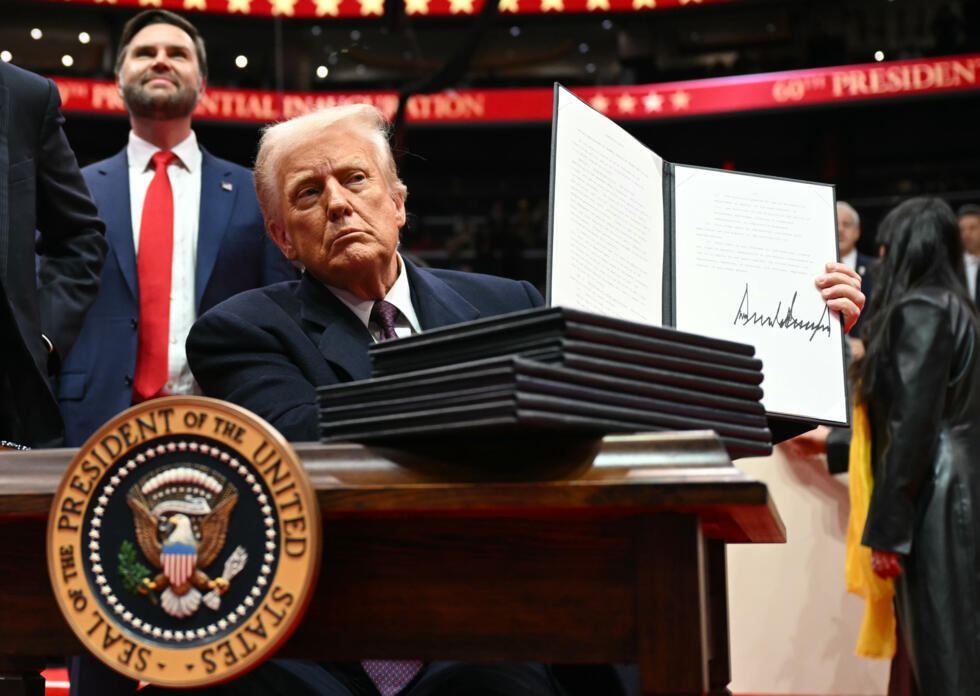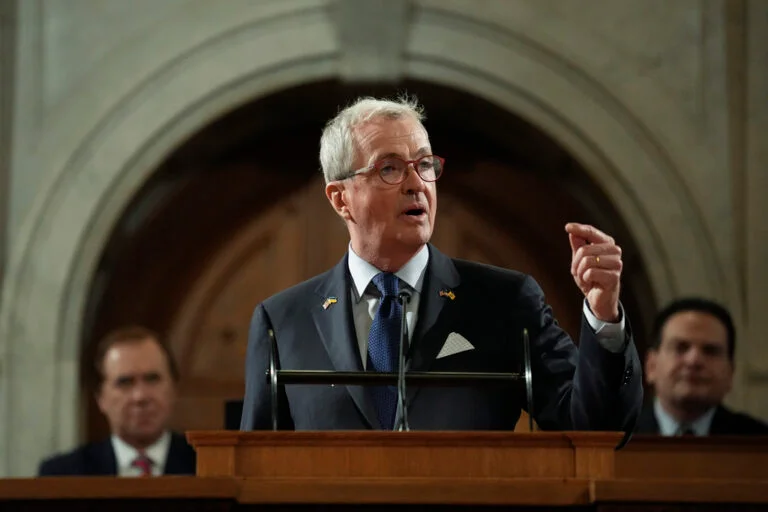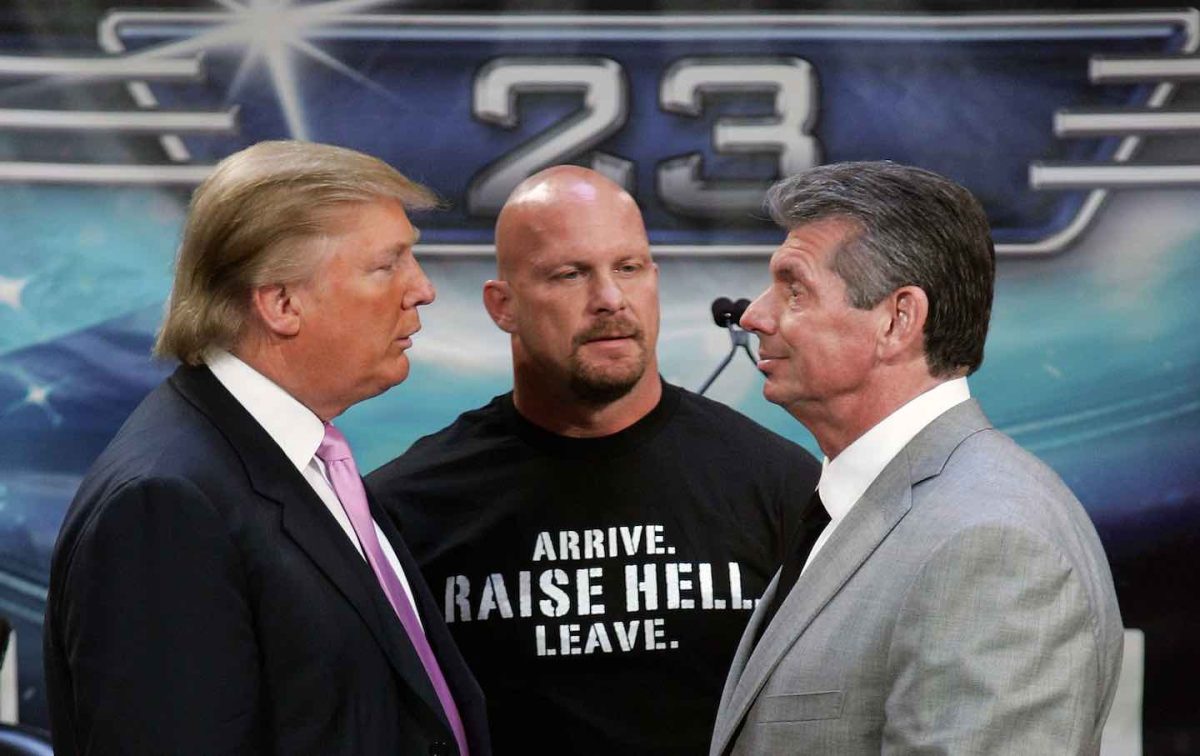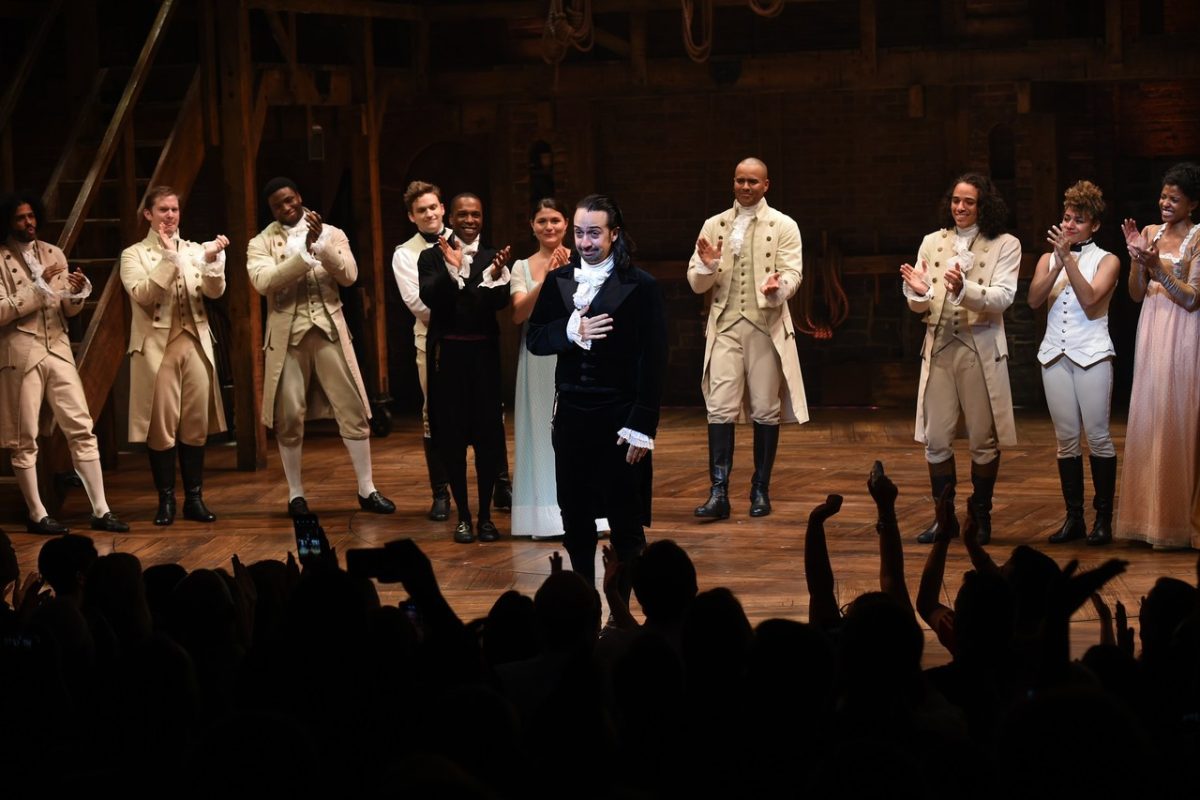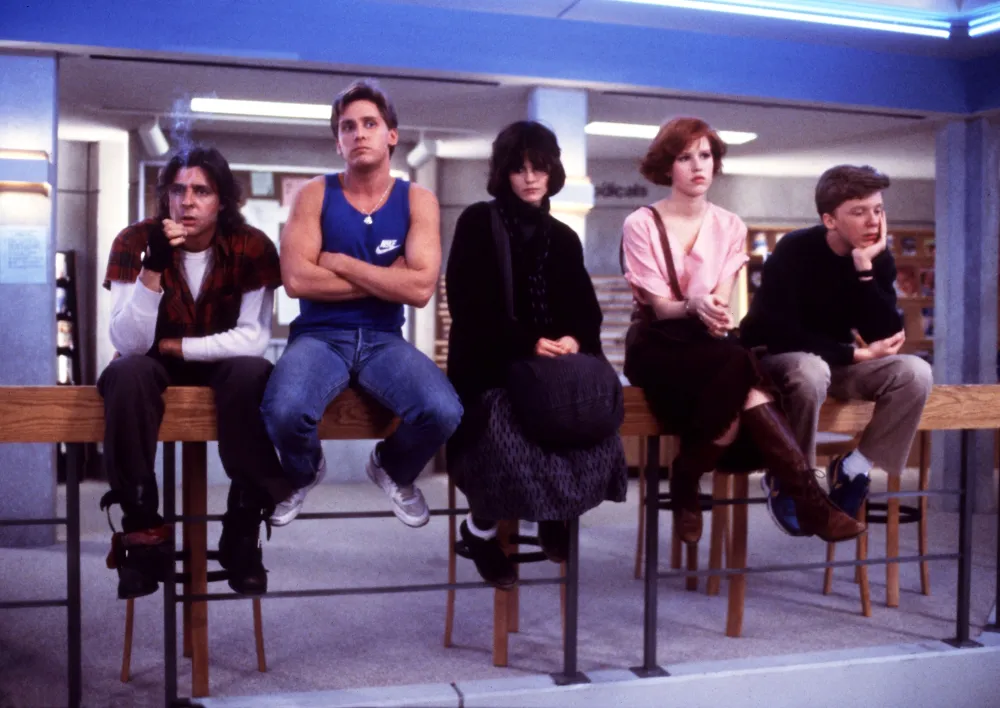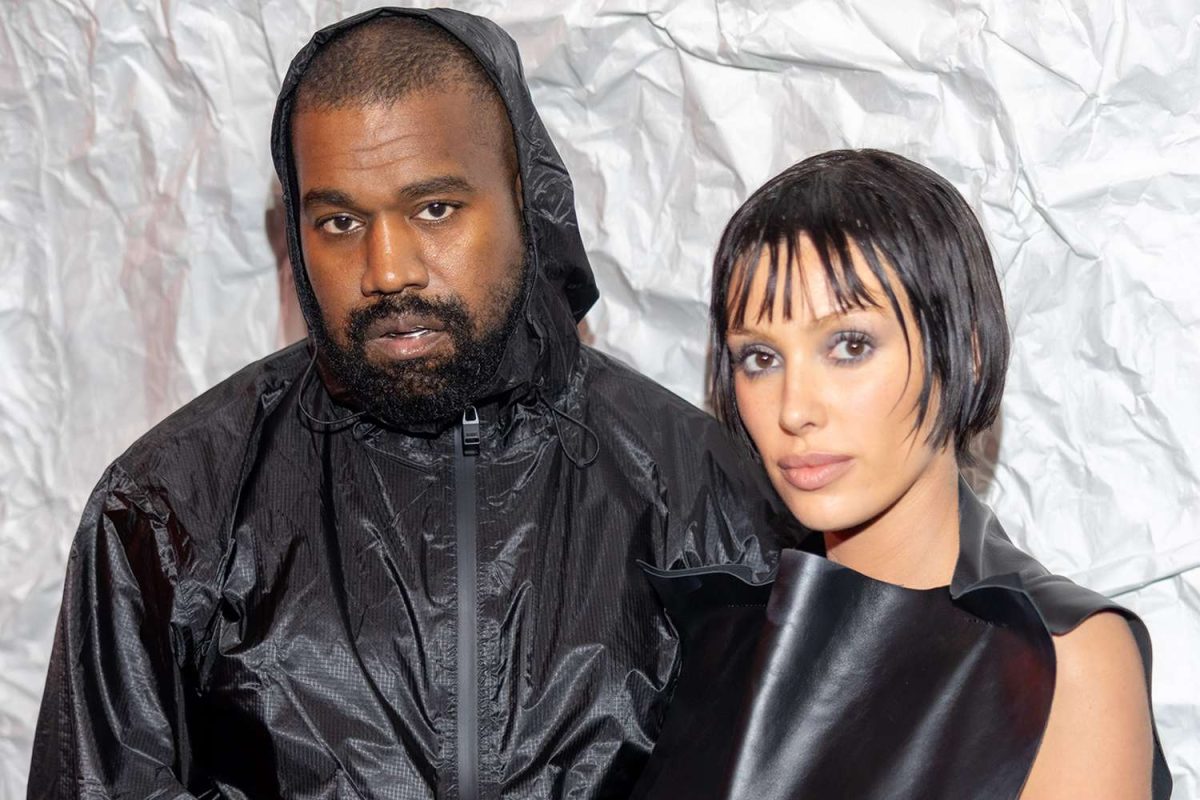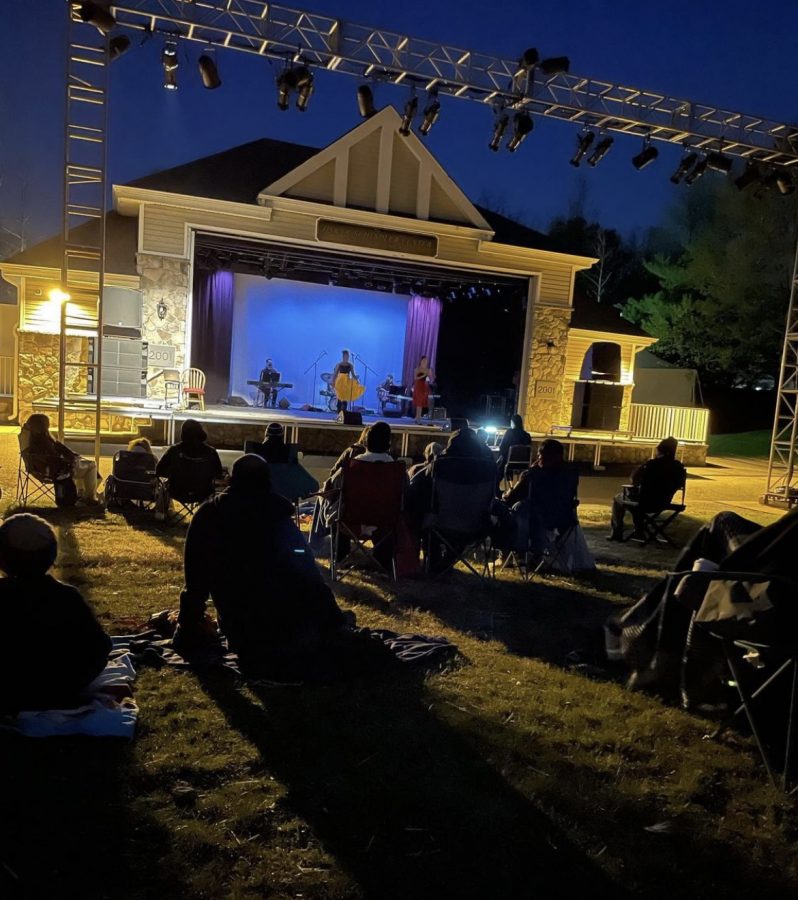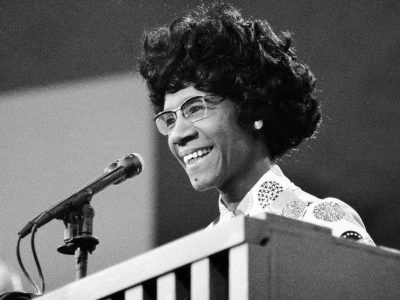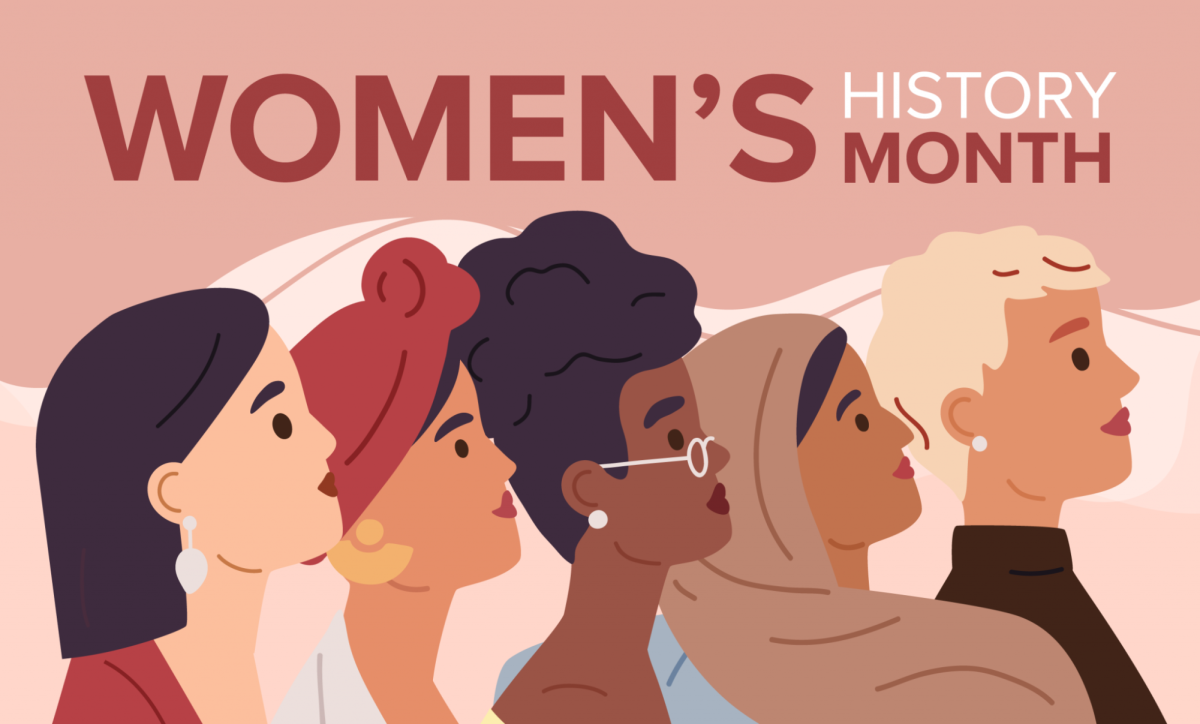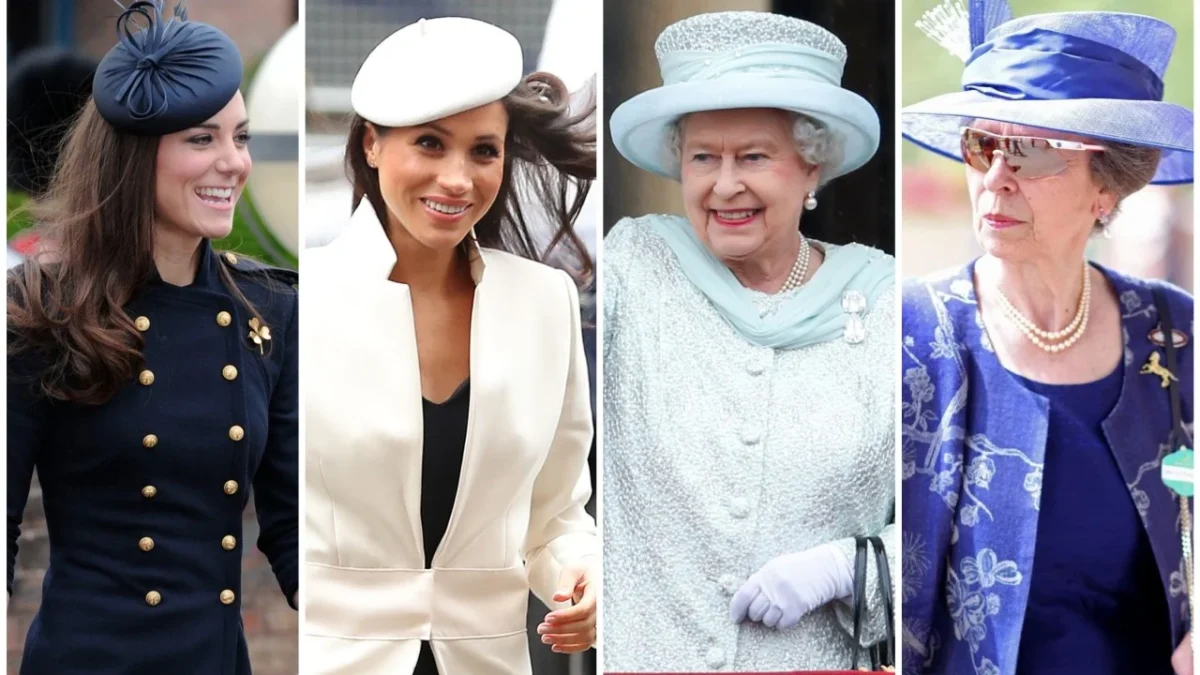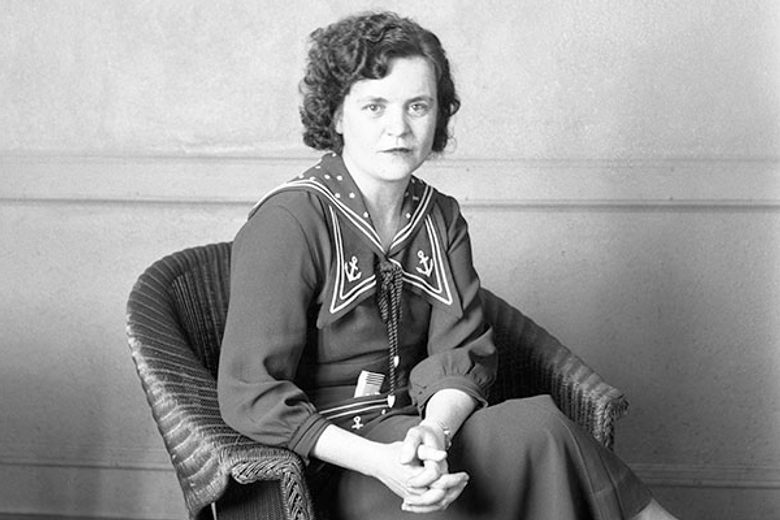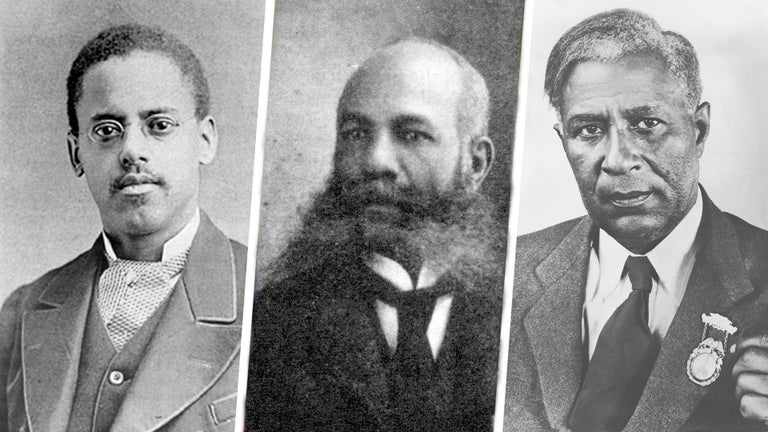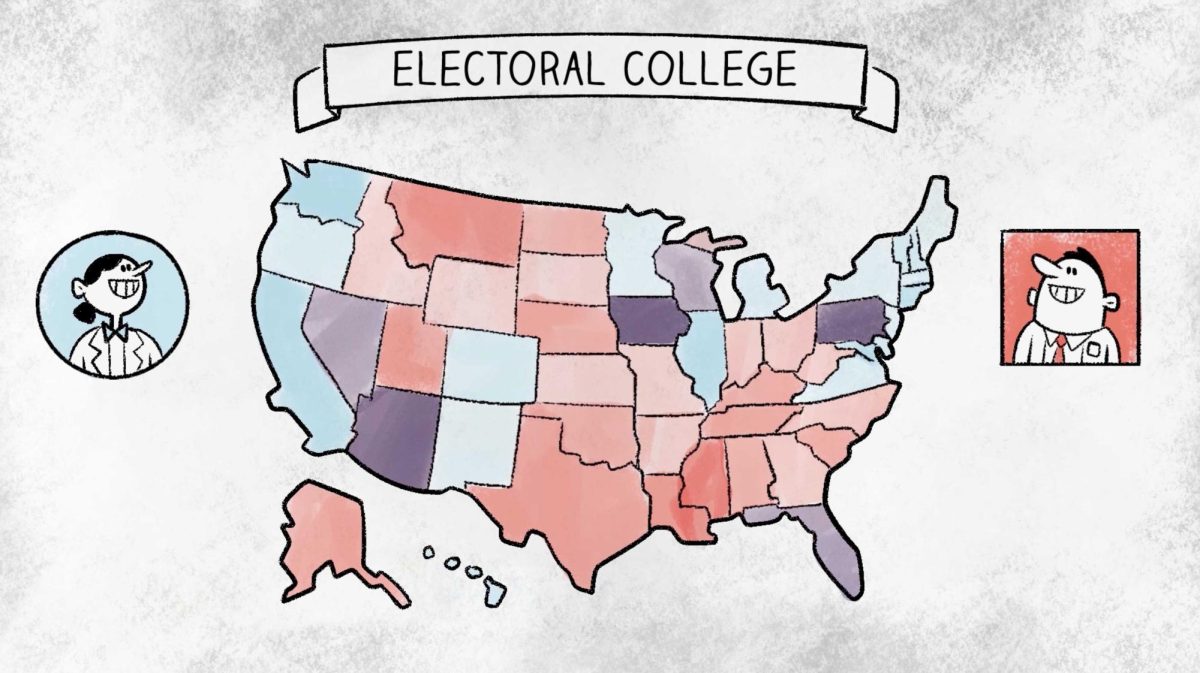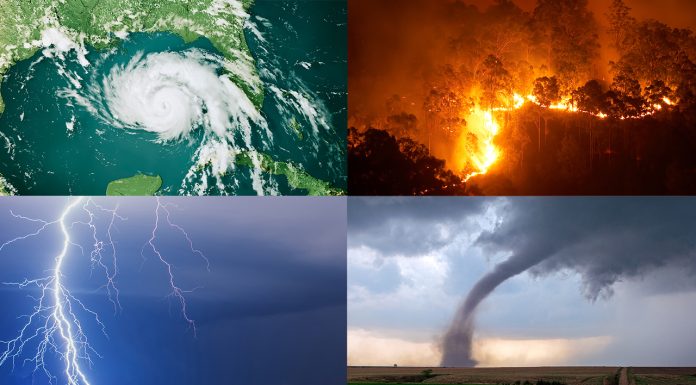The path to becoming the President of the United States is truly unlike any other in the globe. While in most democratic countries, candidates hoping to achieve their nation’s highest position of power just have to focus on winning the majority of the vote, in the United States, candidates have to focus on factors such as swing/battleground states and Electoral College votes, and very rarely have to keep an eye on the popular vote. So, why does the United States use this system and how does it work?
To first understand the Electoral College, one must first look at its creation and, as per usual, it is rooted in the Founding Fathers of the United States. During the 1787 Constitutional Convention, the Founding Fathers were feeling the heat- not just because of the incredible heat and humidity that was plaguing Philadelphia at the time, but also because the nation had realized its failures of the Articles of Confederation and needed a new efficient document for the people, the Constitution.
The Constitution was riddled with debates and compromise as delegates, each with their own backgrounds and views, attempted to form the perfect document for the people while, fun fact, feeling even more riled up by the aforementioned heat was challenging. So, when the topic of how to elect a President came up, the decision was not as simple as “just use a popular vote” because nothing in American history is ever that simple.
Debates mainly raged about whether the Constitution should employ a popular vote or a Congressional vote to determine the President. There were numerous problems with each, at least according to the delegates.
The problem with a popular vote was that this was the 1700s, there was no social media or efficient newspapers, so information spread slowly and the Founding Fathers were afraid that ill-informed voters who knew nothing about the candidates would essentially just pick whose name sounded cooler. Also, there was a concern that either largely populated states or cities would just determine every election, leading to smaller states/rural communities being left out of candidate’s minds.
In terms of the Congressional vote, delegates agreed that it would create an imbalance in the government as Congress could not only pass laws but choose who to sign them.
There was also a minority of delegates advocating for state legislatures to elect the President. However, concerns about states electing a weak president to increase their own power arose.
So what did the US’s great, slightly-controversial, leaders establish? The Electoral College. A system that they hoped would give representation to all states while also allowing for academic voting and a system that was also approved by everyone’s favorite Broadway Founding Father, Alexander Hamilton.
So how does it work? It’s simple- kind of. To start, open up this Electoral College map, it will help in understanding how the system works. The first thing to notice when looking at an Electoral College map is the numbers that are assigned to each state, those are electoral votes and they will be explained in a second.
The number of electoral votes is determined by a simple equation, the state’s number of Representatives in the House (at least 1) + the number of the state’s Senators in the Senate (always 2) = the state’s number of electoral votes. For example, New Jersey has 14 electoral votes (12 Representatives+2 Senators). This number fluctuates over time as the number of Representatives changes due to the state’s populations altering (these changes are measured in the Census every 10 years.
Now, what do the electoral votes do? Well, they tell people who to vote for. It doesn’t sound right but it’s true. The number of electoral votes a state has is the same number of electors that vote on who is going to become the President. For example, in New Jersey, you are not voting for Kamala Harris; you are voting for the electors to vote for Kamala Harris.
On election day, which is November 5 in 2024, by the way, voters cast their vote for a Presidential candidate, and whoever obtains the majority of those votes wins the state and ALL of its electoral votes. It doesn’t matter if Candidate A beats Candidate B by 1 vote, Candidate A will STILL get all of the electoral votes (except in Nebraska and Maine).
After the election is over and ballots are counted, each state informs its electors as to who to vote for. In mid-December, all 538 electors vote on who won their state/electoral vote (disregarding any attempt to vote against their state’s results and being a “faithless elector” because this rarely happens and even more rarely works).
At the end of the day, whoever wins a majority of 270 of the electoral votes, wins the presidency (in a rare 269-269 tie, the House selects the President and the Senate selects the Vice President). To understand how a President wins the majority after the electoral votes are counted just look at Joe Biden’s 2020 election win or any election for that matter.
So that’s how the electoral cookie crumbles! However, the system has come under scrutiny because of its ability to allow candidates who didn’t win the popular vote to win the election (such as Trump’s win over Clinton in 2016 despite losing by almost 3 million popular votes). It is still the system that the US uses and it doesn’t seem to be changing anytime soon.
